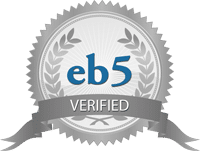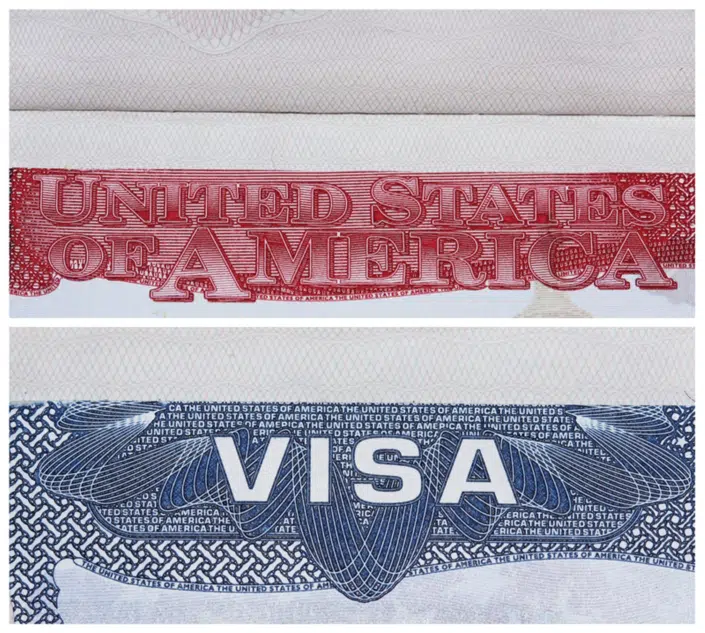Permanently Transfer Employees to Your U.S. Company
For some multinational companies, keeping a foreign employee in the United States for an extended period of time is necessary. With the limitations placed on the period of admission workers are granted by temporary nonimmigrant visas, it is common that a six or seven year stay in the United States is not enough to accomplish the goals of their commercial enterprise. This is why, based on the increased market demands of U.S. business, that a U.S. employer can petition to keep a foreign employee for an unlimited duration of time via a green card. Without such a benefit, the U.S. economy and jobs for other lawful U.S. workers might be impaired without the foreign worker.
The third category of the EB-1 visa, referred to at times as an EB-1C, is available as an option for a foreign employee seeking permanent residence in the U.S. The EB-1 visa category for Multinational Managers or Executives features similar requirements for eligibility as the L-1 visa for multinational intracompany transfers. Similar to the L-1, to qualify a U.S. employer must file a petition with the USCIS in order to request the permanent employment of the executive or managerial employee. However, it is not a requirement that the employee be in L-1 status. Some of the typical requirements for an L-1 also are applicable to the EB-1C visa category:
1. The employee must have worked overseas for a qualifying organization that is somehow affiliated with the prospective U.S. employer for a continuous period of 1 year in the preceding 3 years prior to the to the employee’s admission into the United States.
2. The prospective U.S. employer must be related to the overseas company where the employee worked.
One core difference between the L-1 visa category and related EB-1 category is that the EB-1 is only available to persons who are to be employed in the United States in an “executive” or “managerial” position, as well as if those held similar positions while overseas for the affiliated company. Hence, this may affect employees who are in L-1B status, especially if they were only eligible as a multinational employee with specialized knowledge. It is for this reason why some L-1B visa workers may seek to change their status to the L-1A category (prior to the last 6 months of their 5th year of L status). This is critical, because if an L-1B employee can convert to L-1A status, their period of admission in the United States can be a maximum 7 years. This is more time to seek permanent residence.
Another requirement for the EB-1 Multinational Green Card petition is that the U.S. company be engaged in active and operational business activities for no less than a one year period before it file a petition with USCIS. This is different from an L-1 petition, which may be granted to a start-up company.
Considering whether to seek an EB-1 Multinational Green Card will be dependent on whether the employee can document the necessary materials that USCIS will request, as well as explain the job duties of the position as interpreted by years of regulatory and case law insight. In the opinion of our Board Certified Expert in Immigration law, who has filed and gained approval for hundreds of multinational petitions, the standards imposed on an EB-1 are more difficult than an L-1. For more information, please feel free to contact us for a free initial evaluation.













